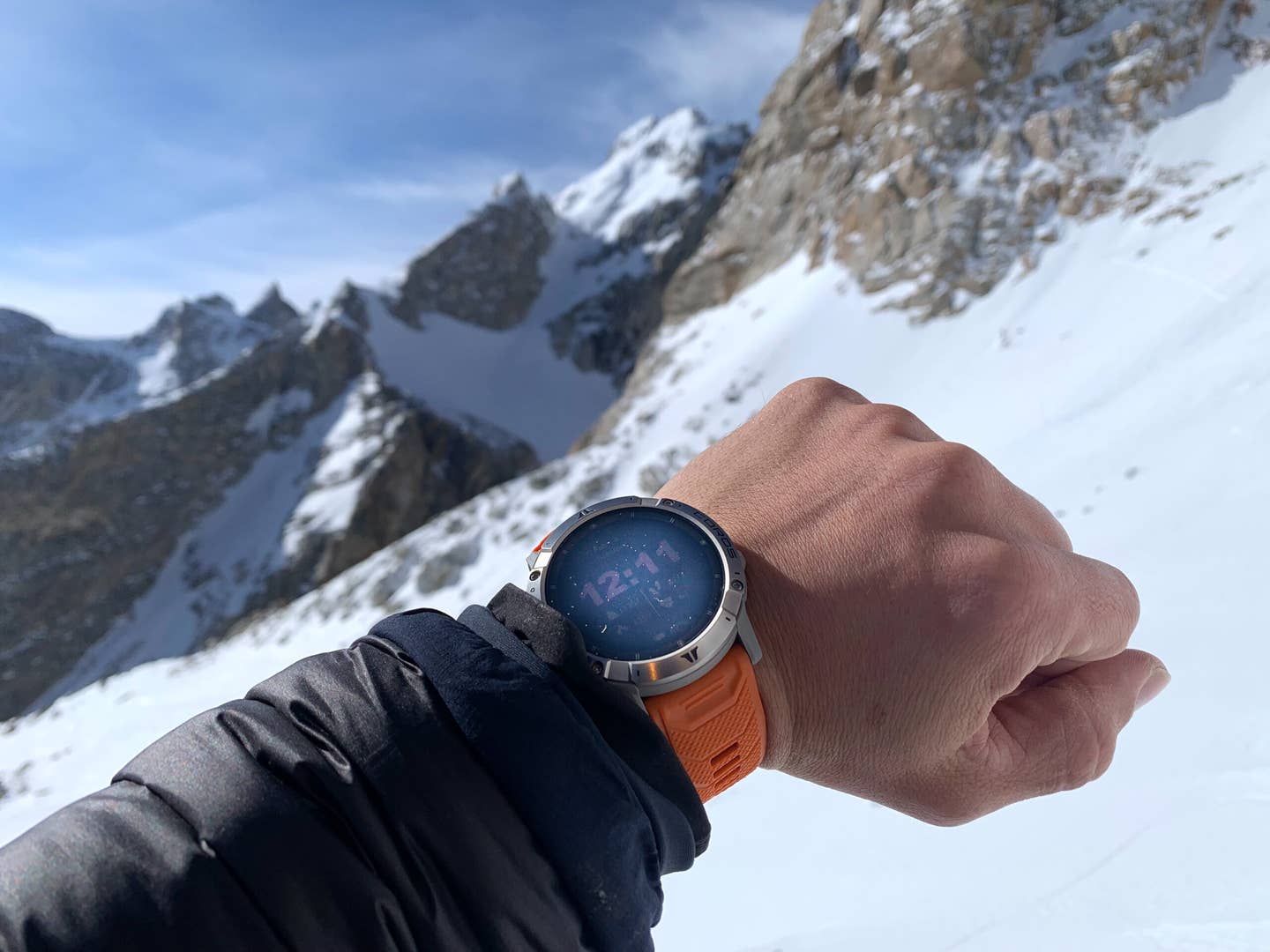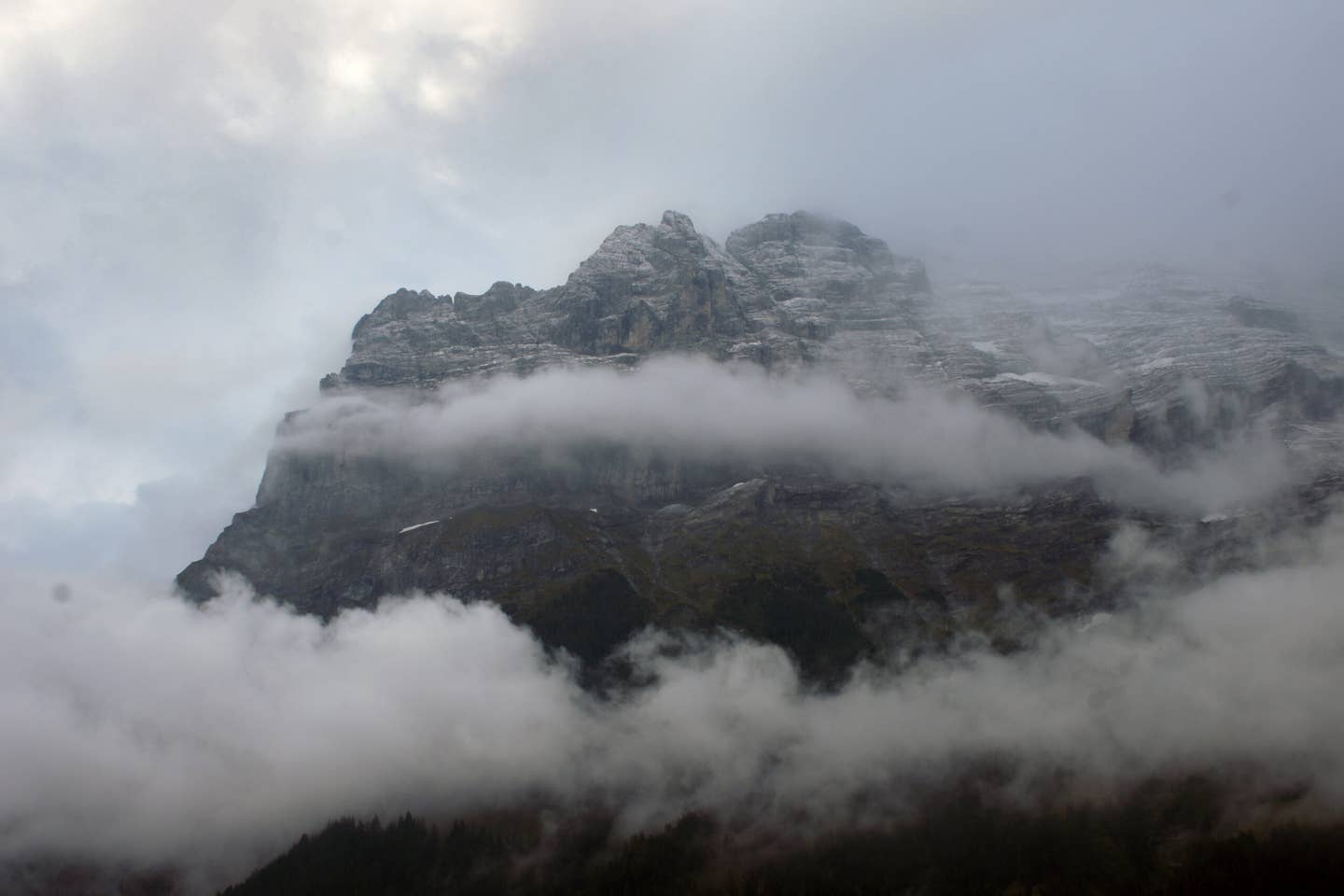

TGR Tested: Coros Vertix 2 GPS Watch
Popular Stories
 The Coros Vertix 2 has become an everyday companion in the mountains. | Max Ritter photo.
The Coros Vertix 2 has become an everyday companion in the mountains. | Max Ritter photo.
GPS watches are nothing new in the world of outdoor recreation – but I’ve personally never felt the need to wear one while out in the mountains, until now. I always had different excuses, whether it was that I didn’t care about the data it spit out, I felt the mapping was too unreliable, or that I simply didn’t like the feeling of wearing something metallic on my wrist. This winter, I decided to ignore those reasons and test out Coros Wearable's latest Vertix 2 GPS watch. I’ve been wearing it almost daily for two months now to test out its capabilities as an activity tracker and backcountry navigation tool, as well some other nifty tricks the watch has up its sleeve.
The Tech:
Coros Wearables is a relatively new player in the GPS accessories sector, launching their first product in 2016. These days, they offer a multitude of wearable options focused on mountain sports and distance running. The Vertix 2 is their latest mountain sports focused watch, featuring a dizzying array of features, including some of the best GPS connectivity available. Historically, GPS watches have been notoriously inaccurate in mountainous terrain, where rock walls or other obstacles tend to block satellite signals. The Vertix 2 can connect to all five major satellite sytems (GPS, GLONASS, Galileo, QZSS, and Beidou) simultaneously in order to fill in any gaps in connectivity.
The watch features truly impressive battery life. When actively using GPS tracking, it offers 140 hours of continuous use, and up to 60 days of normal use. I’ve charged it three times since I’ve gotten my test watch two months ago.
With three buttons, a dial, and a 1.4-inch touchscreen, the watch has a simple user interface that’s easy to learn and get used to. It features an optical pulse oximeter, optical heart rate sensor, electrocardiogram sensor, barometric altimeter, accelerometer, compass, gyroscope and thermometer. It can operate between -22 and 122 degrees F and has a storm alert function that detects drops in air pressure signaling an approaching storm. The watch can also store up to 32GB of maps and .mp3 files so it can play music through connected Bluetooth headphones.
 Even during apres, the Coros Vertix 2 is a trustworthy companion! | Lily Krass photo.
Even during apres, the Coros Vertix 2 is a trustworthy companion! | Lily Krass photo.
Usability:
The first place the watch joined me was a TGR mountain bike film trip to Ecuador. Historically, I’ve always had issues with adjusting to elevations above 14,000 feet, and much of our trip was planned to be above that elevation. I was curious what information the watch could provide regarding elevation tracking, heart rate, oximeter, sleep data, and navigation in unknown terrain.
Setting up the watch is a straightforward process. Download the COROS app to your phone, create your user profile and sync the watch with your phone. The app allows you to customize menus, settings, maps, and other features on the watch as well as update firmware on the watch. You can change basic settings directly on the watch, but the majority of stuff needs to be done through the app – which is actually much easier. The app also stores all your tracked activities so you can track trends or access old GPX tracks for reference. Topo maps for the entire planet are downloadable from www.coros.com and need to be loaded onto the watch via the included USB cable. It's a simple drag and drop process that takes a few minutes.
Sign Up For Our Newsletter
In Ecuador, it was very useful to have metrics like elevation, oxygen levels, heart rate (likely not truly accurate from just a wrist meter, but good enough) and other data right at my fingertips. Film trips, while very fun, always include long days of hard work with little sleep, and being able to track some simple metrics helped put why my body felt fatigued into perspective. Besides, it’s always fun to have some direct data to show you rode your bike at 16,000 feet. The storm alert function came into very good use one particular day as a massive hailstorm materialized seemingly out of nowhere while we were filming high on Cotopaxi and we had to race it back down to the car. The watch can be worn either way on your wrist, a nice feature for mountain biking where the back of your hand can accidentally push the watch's buttons. Turning the buttons to face away from your hand prevents that from becoming an issue.
Returning from Ecuador, I jumped right into ski season here in the Tetons. With a few weeks off work, my partner and I took full advantage of stellar ski touring conditions in our home range, racking up the vert to access endless pow laps. Again, the watch’s elevation tracking came in handy. One particularly awesome use is when digging a snowpit and having your elevation right on your wrist to record for your notes. Secondly, having a watch with exceptional battery life do your route tracking is a much better option than tracking yourself via your smartphone. I stopped using my smartphone to track routes in the winter because it would rip through battery life and I would often be left with a dead phone by noon – which I would consider a safety hazard. Most days, I don’t look at anything more than time spent out and vert gained, but having an easily downloadable and sharable .gpx track of my route is helpful to share with friends for future route planning.
 Some of the watchband combinations available from Coros. | Coros photo.
Some of the watchband combinations available from Coros. | Coros photo.
Finally, another surprisingly useful feature of the watch is its ability to integrate with an Insta360 or GoPro camera. I sometimes use the Insta360 to capture footage of skiing and being able to remotely turn it on and off or press record on my wrist is significantly easier than doing it on the camera itself. The wireless connectivity isn’t perfect, as it did disconnect randomly, but it’s one of those “good enough” things for me at this point.
The Bottom Line:
As a longtime nonbeliever in wearing GPS watches into the mountains, the Coros Vertix 2 has since convinced me that these types of devices can be powerful tools. The Vertix 2 and its medium-sized screen, comfortable silicone/nylon wristband and massive feature set is something I will continue to wear on adventures. It does a whole lot more than tell the time of day, and having vital navigation and biometric data at your fingertips has made big days in the mountains easier and more fun.



